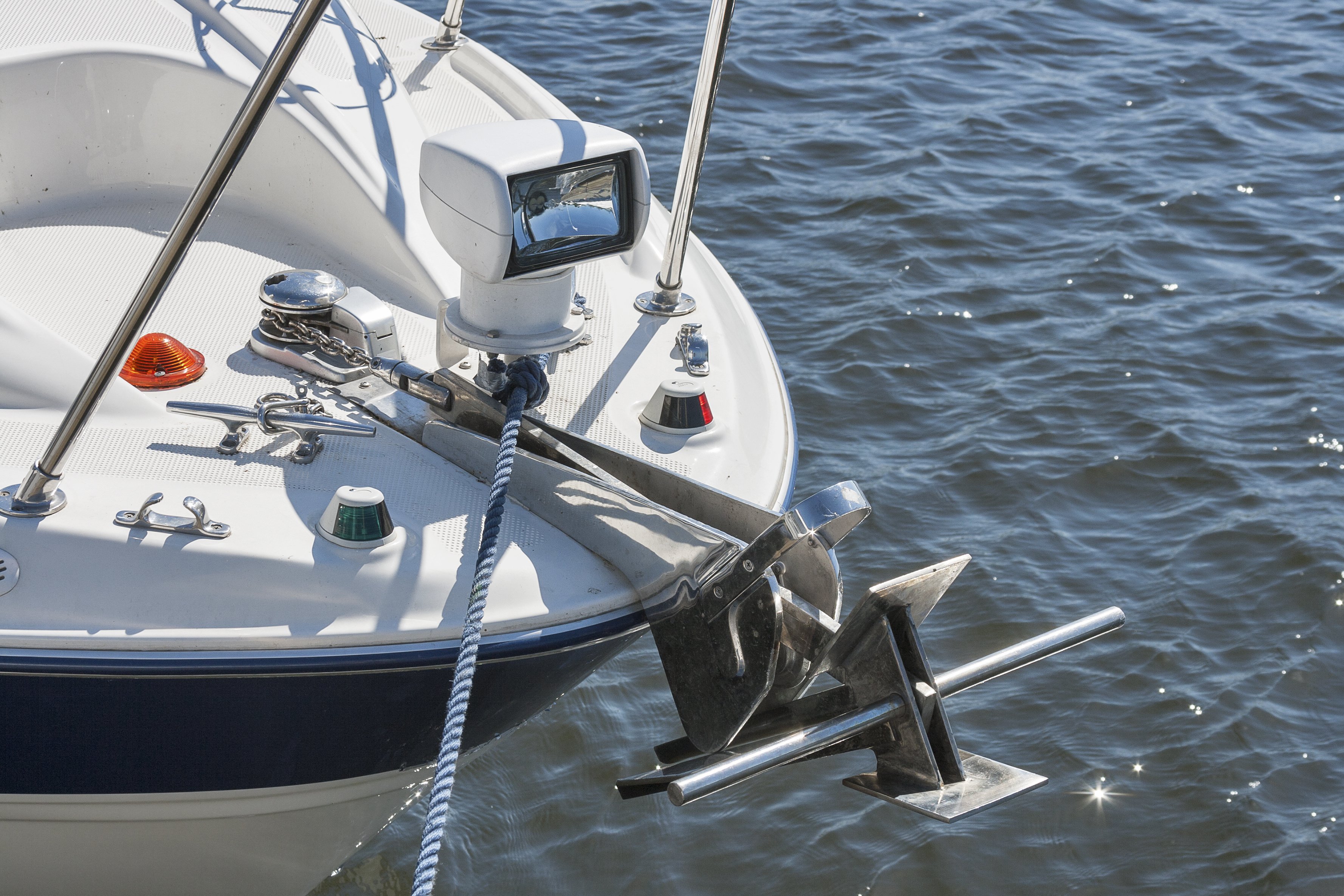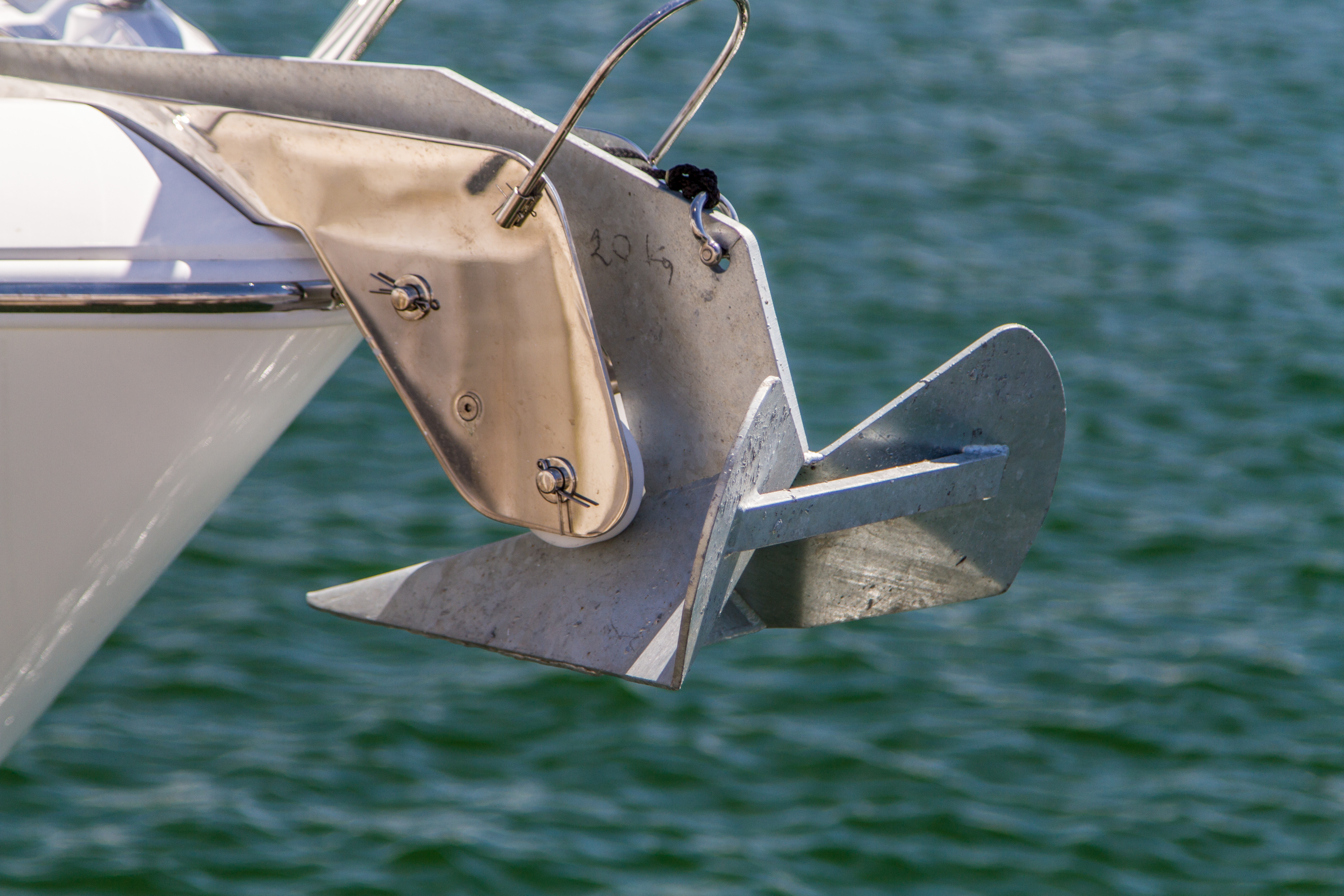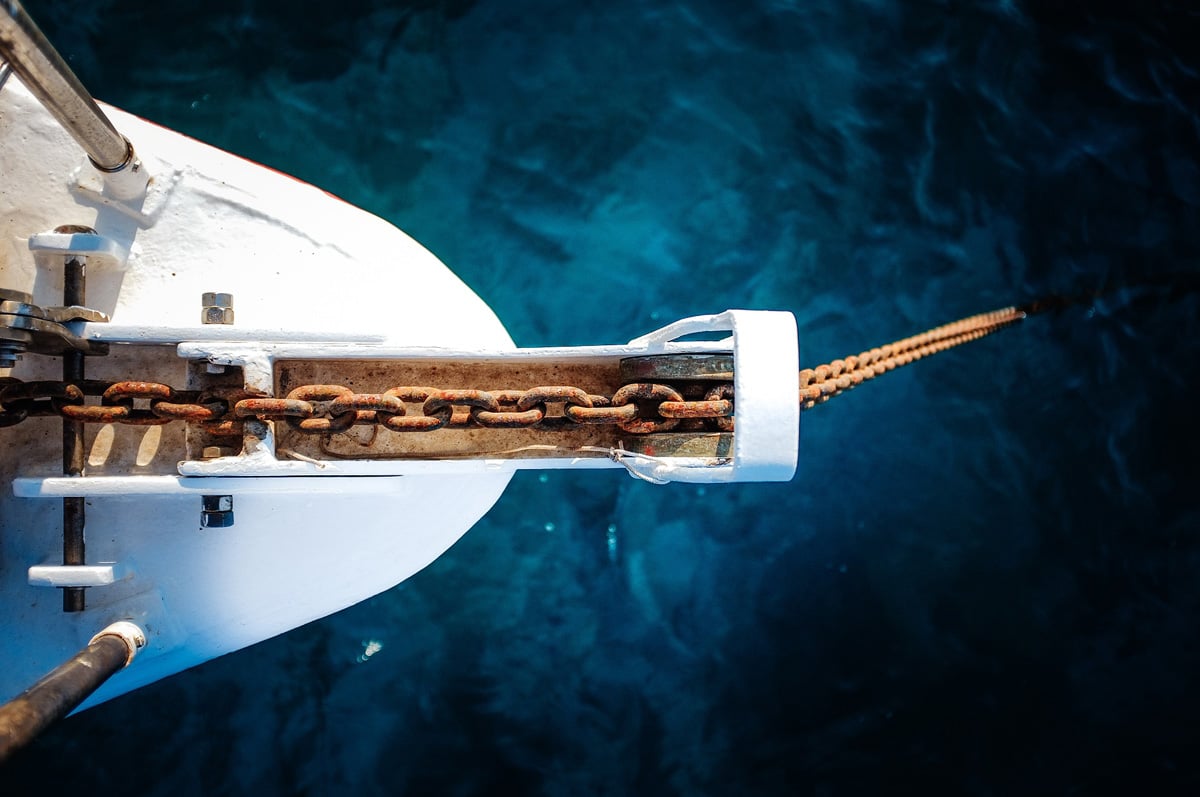April 7, 2019 by John Brooks
An anchor is not just something to allow you to ‘park’ your boat, yacht, or other watercraft. In times of bad weather or other emergencies, a boat anchor is a very necessary item of equipment that is needed for your safety. Naturally, you need the anchor to be heavy and secure enough to keep your boat in place once it has been dropped. However, this isn’t the only consideration as there are multiple types of anchor designs, all with their own pros and cons.
Anchor Uses
Understanding the use of your anchor is important when you are looking to buy a new one. That is the first step to making the right choice. While most anchor uses are primarily to keep you in place when you have reached a destination, the main reason you need to buy a reliable and good quality anchor is the safety aspect.
If you find yourself in trouble on the boat, for instance, if you lose power, it is better to secure yourself in position and either seek help or make repairs on your boat. This is far better than letting it drift and potentially end up in an unsafe position or in perilous waters.
Types of Anchors
There are multiple anchor designs, which have their own specific functions. If you browse the website of a boating equipment supplier like MO Tackle & Outdoors, you will see anchor descriptions like ‘sand anchor’ and ‘reef anchor’. For those, it’s obvious where they are best used, but in many cases, you will want an anchor that can be used in a variety of locations.
One type of anchor might be more suitable for your needs than others. We’ve provided a brief overview of some of the most popular boat anchor types below:
Fluke Anchors
A fluke anchor has a shank as well as multiple spades, also known as flukes. These catch in the sea or river bed as the boat moves forward and provide resistance. If the bottom of the body of water in question is made of sand or mud then these fluked anchors do a great job of digging in and keeping you secure. Flukes can hold larger boats without being too heavy themselves. For instance, a 15-pound fluke anchor can keep a boat secure which is over 30 feet long.

Plow Anchors
A plow anchor consists of a metal wedge and a shank. The wedge looks a lot like a hook and creates a heavy-duty finish which makes these really suitable for anchoring in hard surfaces such as rocky, muddy areas. The plow anchor is usually kept on a roller on the bow, from where they can be easily controlled and tied down. Plow anchors are quite heavy, and they need to be if you are dropping them in tough ground.

Claw Anchors
A claw anchor has a similar look and feel to plow anchors but they have more than one claw instead of the single metal “plow” attachment. The claw design is good for rocky ground, allowing the anchor to attach better in uneven ground. These are even heavier than plow designs, so aren’t really the best for smaller boats.

Mushroom Anchors
A mushroom anchor is so called because of the design, which resembles an upside-down mushroom when dropped into the water. They’re designed to be best for soft mud and sand surfaces. They’re mainly useful for less hard-wearing or light-duty boats, for instance, an inflatable fishing boat. They don’t have sharp surfaces so they can be safely stored on inflatable boats without fear of punctures. Ensure when buying a mushroom anchor that you choose one with drain holes, otherwise, they can be very tough to retract back up onto the boat.
Other anchor types such as the fisherman’s hook style you may see on logos and tattoos are not very efficient. They need to be really heavy in order to secure a boat, so they aren’t recommended for most uses.
Achor Materials
It’s not only the style of anchor on which a decision has to be made, but also the type of material from which it is made. There are some brilliant options on the market which are made out of stainless steel or aluminum. This means they are strong when purchased, but due to the fact that you are repeatedly putting them into the water, they need to be galvanized and coated to ensure that they aren’t going to rust.

If they do corrode in this way then anchors can lose their ability to dig into the sand and other surfaces, which is the key way they keep you in place. Without a sharp (yet safe) design, the anchor may not take into the surface and therefore effectively just be providing a weight, rather than performing the anchor function to hold your boat still.
Good quality materials and a sharp, sturdy design mean that you can rest assured of your safety. If an overnight stay is something you are considering then it is even more essential that when you drop anchor, you know that you will not move during the night. Quality materials can be expensive, but you can’t put a price on your safety at sea or elsewhere on the water.
As you can see, choosing the right style of anchor and materials depends on where you will be boating and the type (and size) of your boat. There are a lot of options available on the market no matter what type of boating enthusiast you are. If you still feel you need help in choosing the right type of anchor for your boat, then speak with an expert at a boating equipment retailer.